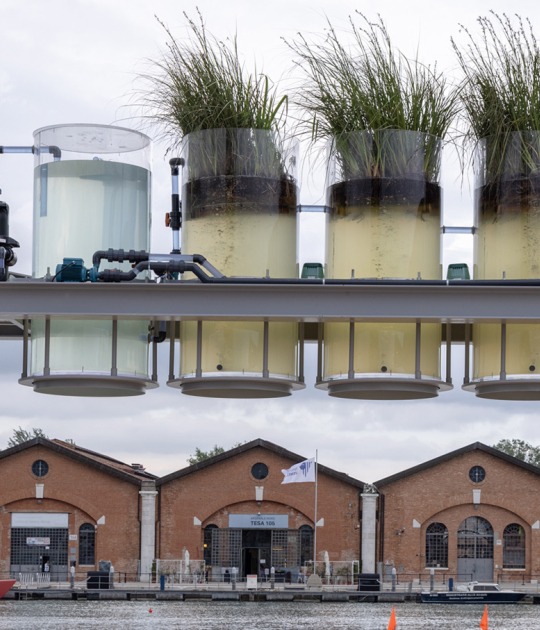Taking the complete list of architects under the age of 40 who have won prizes in competitions organized by the Colegio Oficial de Arquitectos de Madrid in the last ten years of Andrés' teaching career, the percentages are practically similar. In the first decade of this century, between 40% and 50% of the young Spanish architects who won prizes in national and international competitions had had a teaching and/or professional relationship with Andrés Perea. The list of professors admitted to the Departments of Graphic Design or Projects of this School in the last two decades also shows the extraordinary influence of the teaching figure who has been our friend and colleague.
The penetration of Andrés in the penultimate young generation of architects and the great success that his teachings have brought to this generation is one of the phenomena that, without doubt, distinguish the figure of Andrés from others of the same generation. This singularity is, if possible, even more representative in a working environment where the number of graduates and students has grown so exponentially in the last 20 years that it now equals the number of practicing architects.
The percentage to which we allude is made on a numerically much more adverse basis than in the times of Fullaondo or Oiza, professors who were also characterized by their great penetration of the coming generations. But what makes this event more significant is to compare it with the usual resistance and combative attitude that generations generally coinciding with, but sometimes even following, Andrés's, have dedicated to the emergence of the new, to the real expression of each present, determined to resist, looking to historical examples, the challenge of what society has already judged, at each moment, to be desirable. Sustainable architecture, multidisciplinary work, the typological transformation of certain uses, the multiplication of ways of practicing the profession, and the decline of stylistic considerations are some of the novelties that have recently modified the practice of the profession of architect and which many of Andrés' generation of colleagues and, as I say, some of the younger teachers have resisted.
After years of teaching, it does not seem easy to have the flexible ability to adapt to new times. What has been Andrés' secret, and how has he done it?
First of all, Andrés has not fallen into the old trap of architects who think that being a good teacher is an almost corollary and automatic extension of being a good architect. Andrés has been a teacher concerned with training in pedagogy and whose foundations in constructivist teaching have been laid through lectures, seminars, and a lot of practice. Andrés's teaching radically avoids models where students are offered models to repeat or iterate. In his classes, there have been no slides on good or bad architecture. The students have finished the year with him without knowing what his favorite buildings are or what he thinks of the architects of the moment. In exchange, there is a profound work on the development of the tools, capacities, and interests of the students: technical qualification, expression, intuition, and the capacity to evaluate spatial, formal, anthropological, and social quality.
Secondly, Andrés lavishes, as if it were almost the only religion he professes, an attitude of listening and curiosity towards what is different. I still remember when in 1999, with my degree unfinished and having been one of Andrés Perea's less "pereistic" students, I received, along with twelve students or young architects from this school, one of the first teaching support grants awarded by the department. While my colleagues were preparing bibliographies and making photocopies, I received the following assignment: here you have 25 students, do with them what you consider, I will come on Wednesdays to listen and give an opinion that you can do without.
Andrés has not been a militant of any tendency: he has not been a rationalist, minimalist, constructivist, deconstructivist, organicist, postmodernist, technocrat, popper, or koolhianist, he was not a real hippie, nor a good catholic, he limps on the left clearly but does not preach. I know, for sure, that he would fight against anyone who tried to paint the world in one color. This lack of belonging to a stylistic affiliation has allowed him critical maneuverability and has freed him from obsolescence in exchange for the tough position of those who consciously remain independent of the currents of power and prestige of the moment.
Finally, almost inhuman strength and vital energy, a very intense, willing, and hard-working dedication to teaching which, as I have always heard him say, has meant, even at times when he was directing a large studio, always between 30% and 50% of his life, of a great and intense life.
For all these reasons I believe that, through the teaching of the architects who graduated in the three decades before 2010, Andrés Perea's way of understanding architecture and teaching will not only last for a long time but will be and is one of the secrets by which our country permanently exports quality, innovation, dissidence, precision, surprise, anticipation, versatility, and future to the professional and academic sector of architecture.
Text by Izaskun Chinchilla.



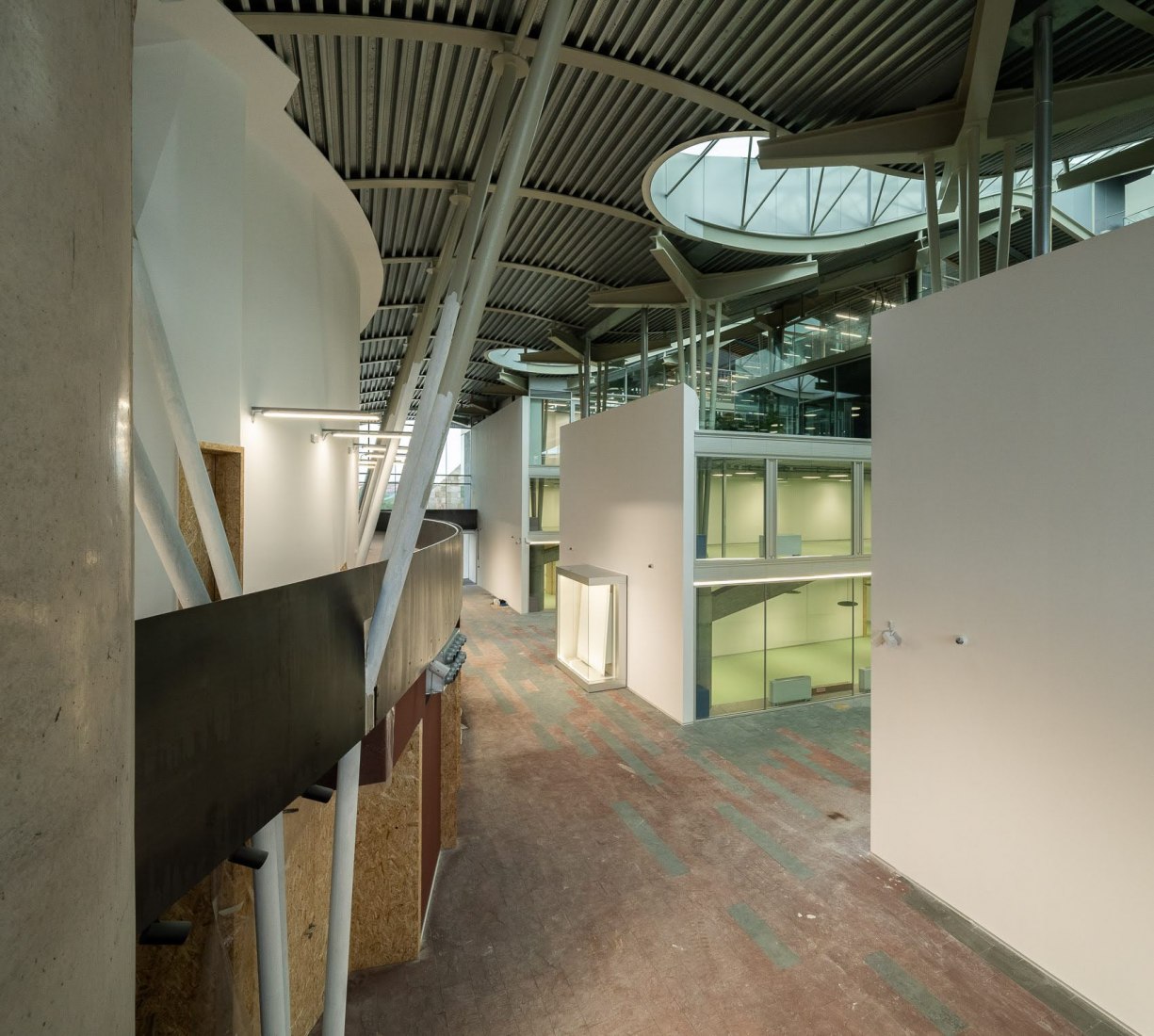




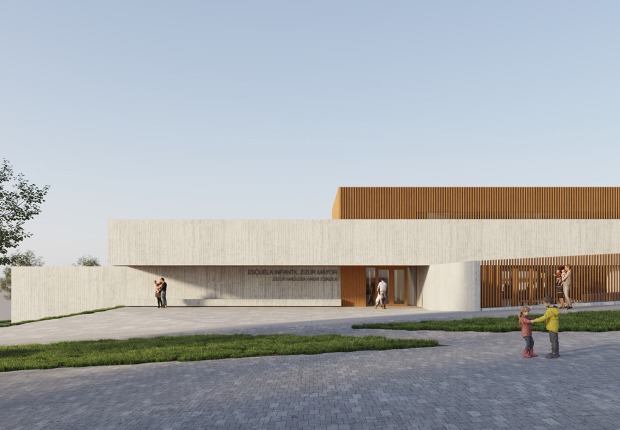
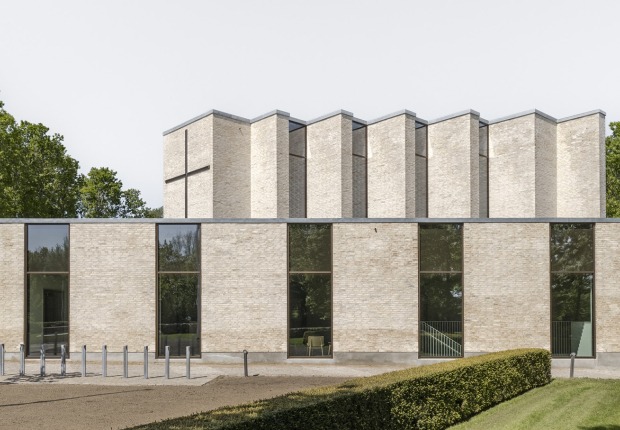
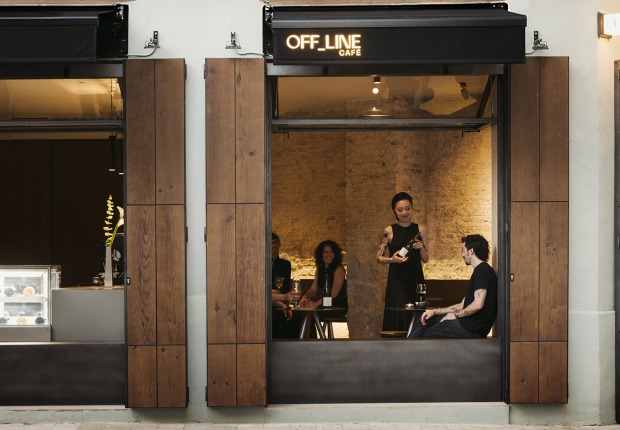



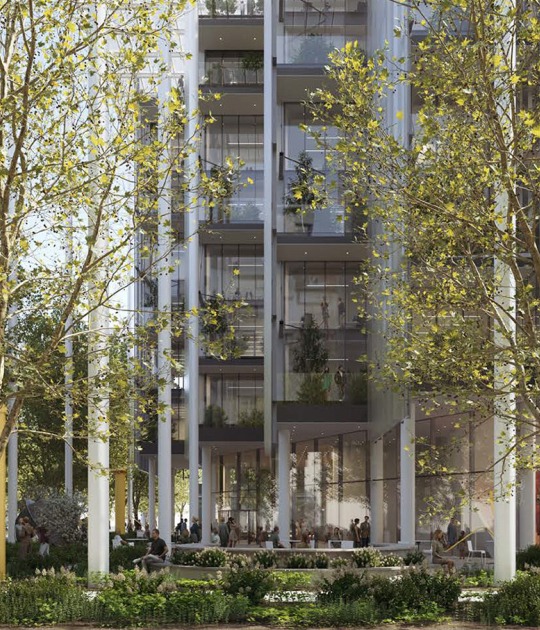

![Friedrich Kiesler, Endless House for Mary Sisler [shattered sketch sheet], New York and Florida, 1961, 21.5 x 33.4 cm, pencil on paper, mounted on cardboard. Courtesy by the Austrian Frederick and Lillian Kiesler Private Foundation, Vienna Friedrich Kiesler, Endless House for Mary Sisler [shattered sketch sheet], New York and Florida, 1961, 21.5 x 33.4 cm, pencil on paper, mounted on cardboard. Courtesy by the Austrian Frederick and Lillian Kiesler Private Foundation, Vienna](/sites/default/files/styles/mopis_home_news_category_slider_desktop/public/2025-05/metalocus_Fundacio%CC%81n-Frederick-Kiesler_03_p.jpg?h=3b4e7bc7&itok=kogQISVW)



